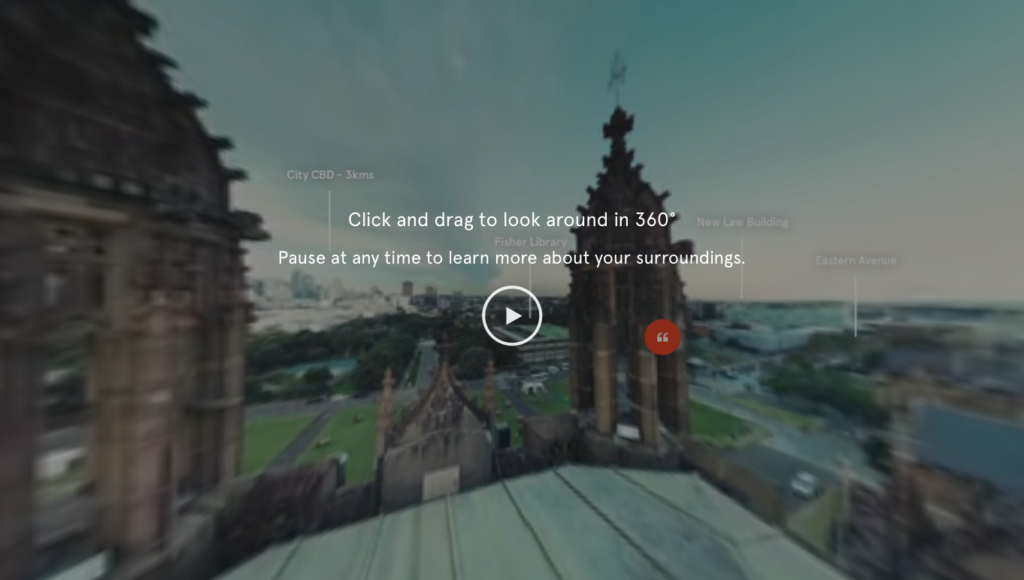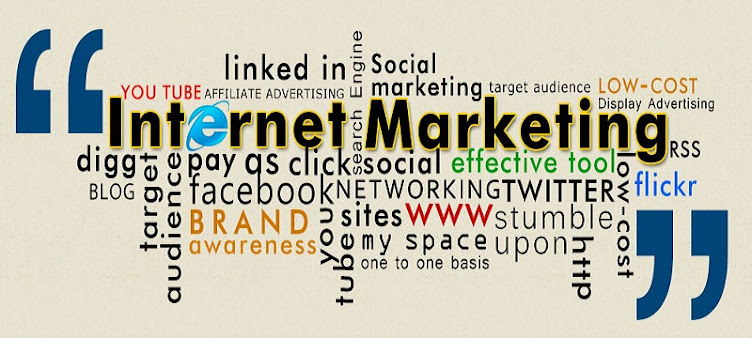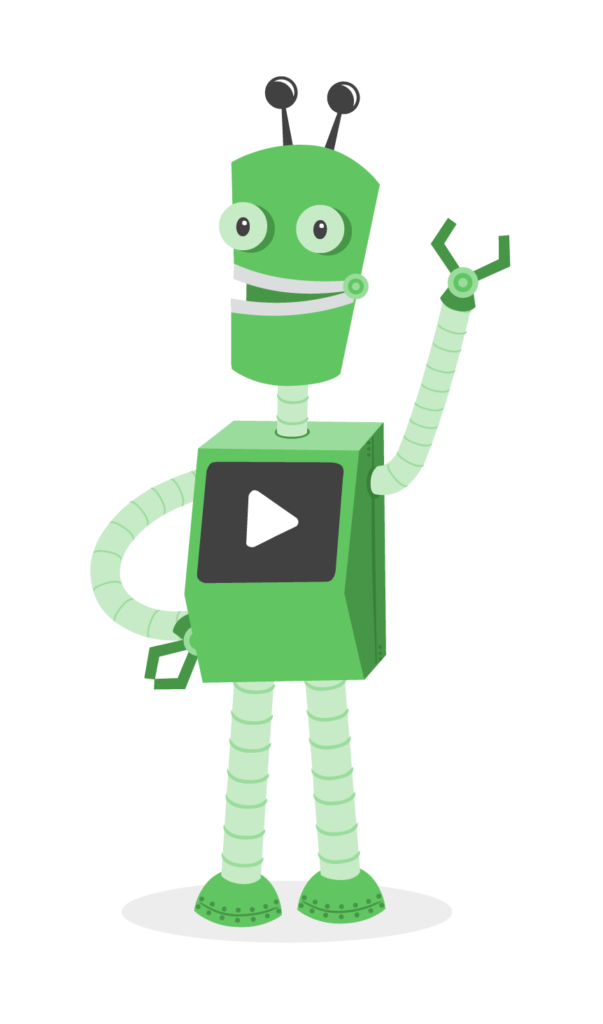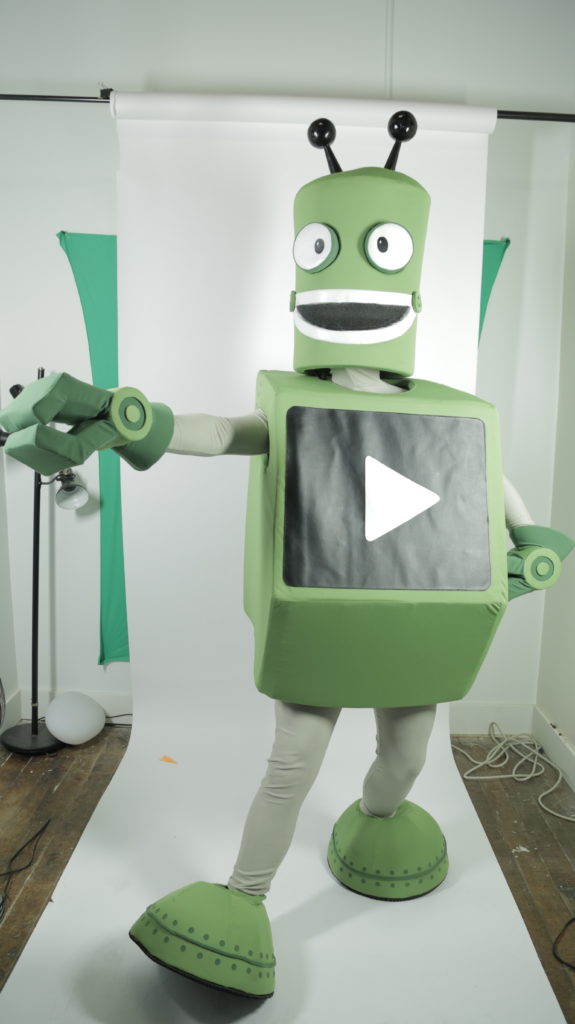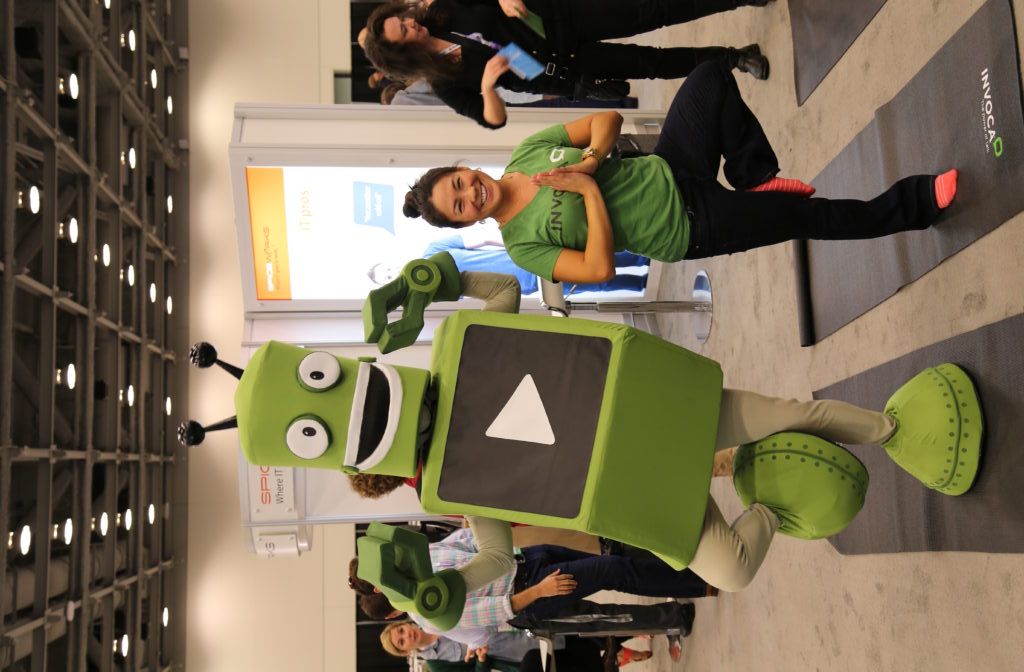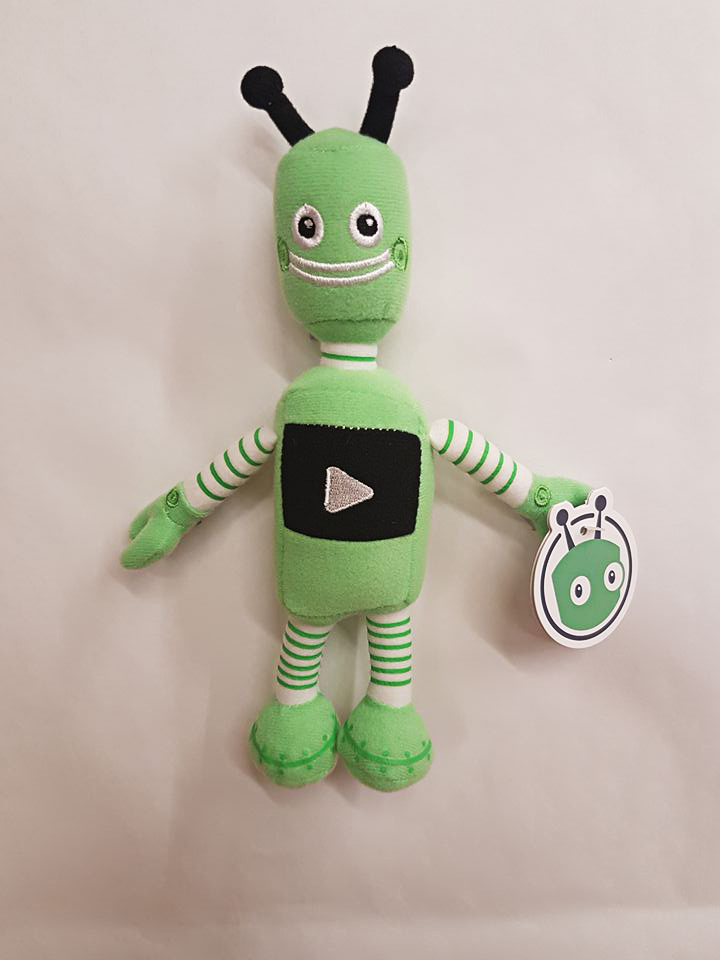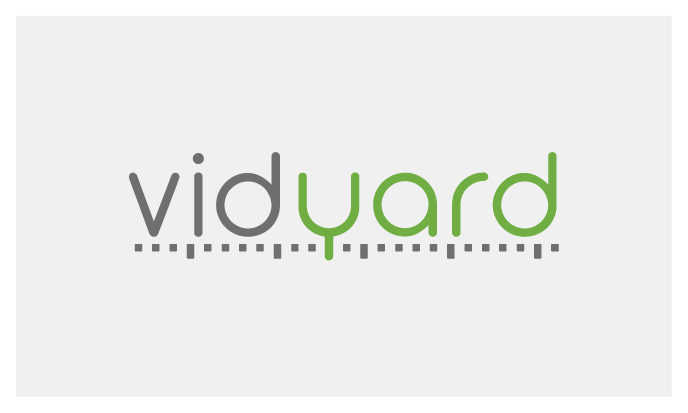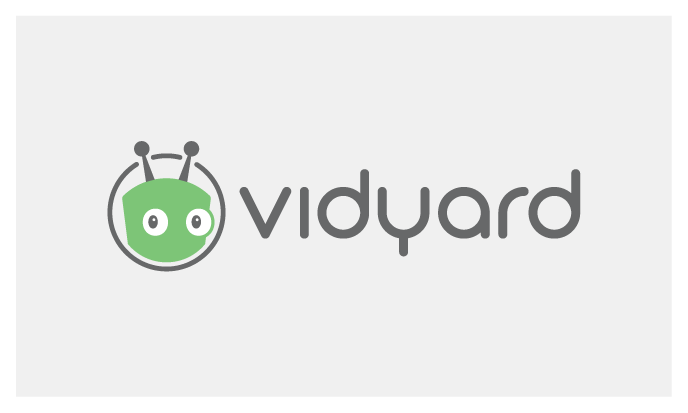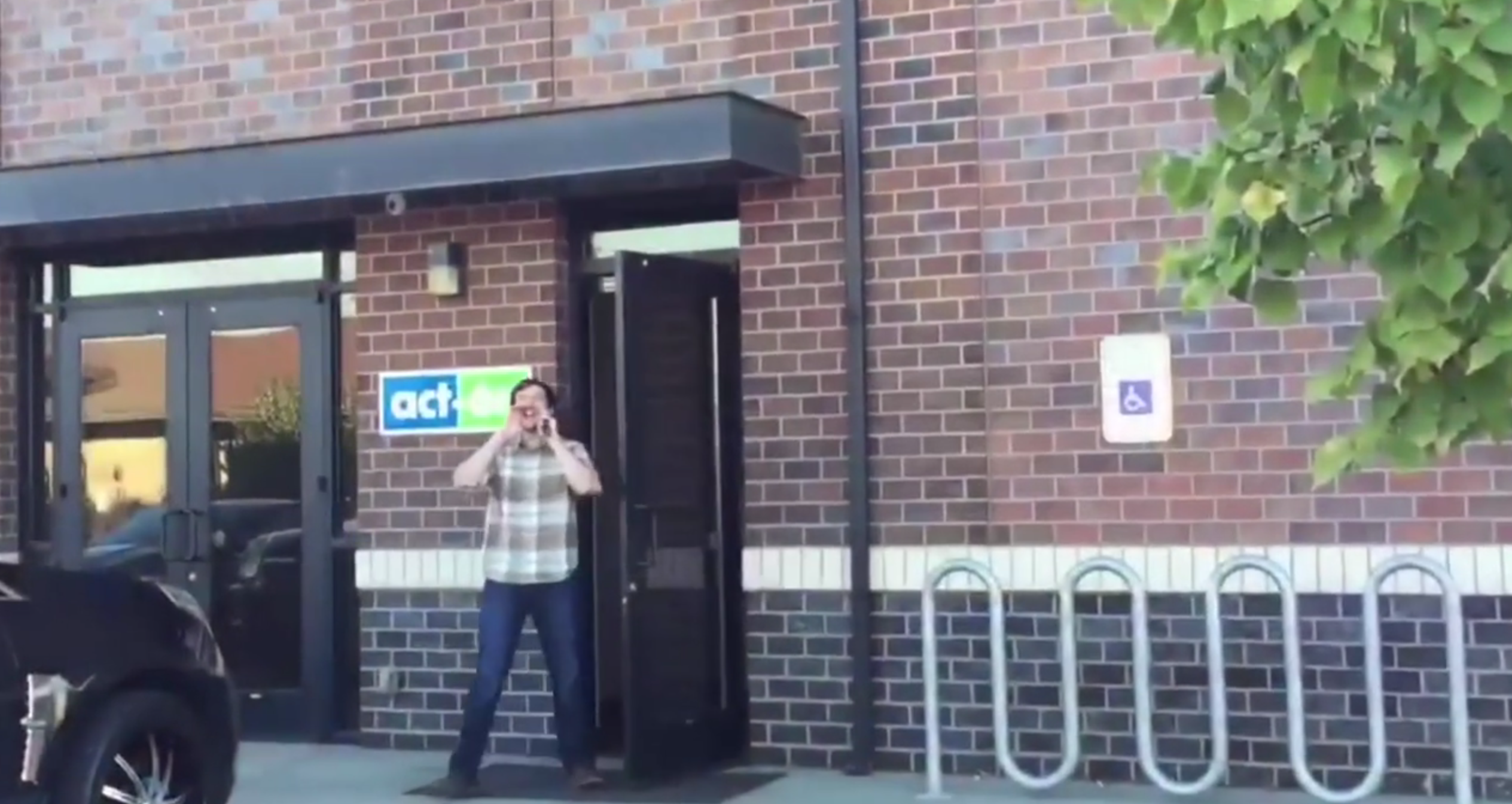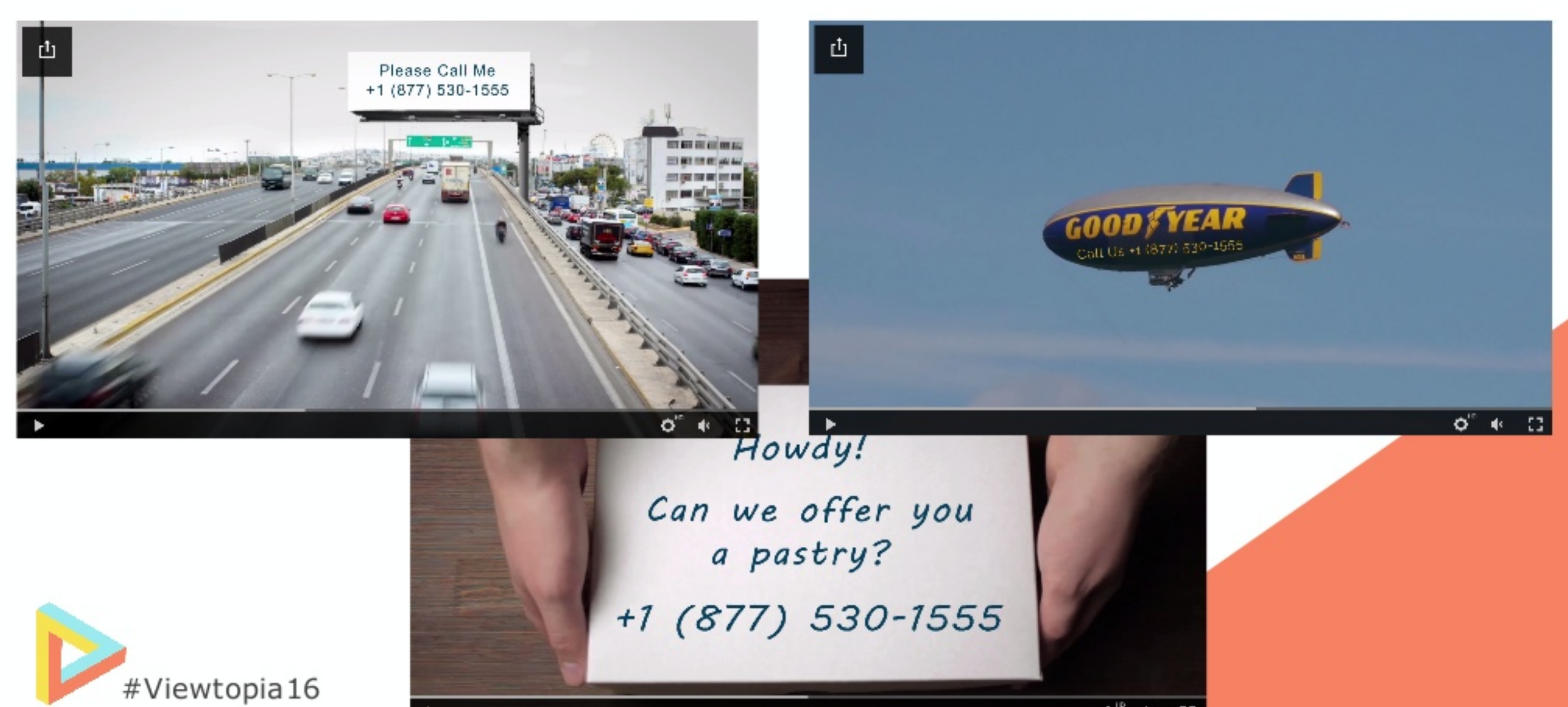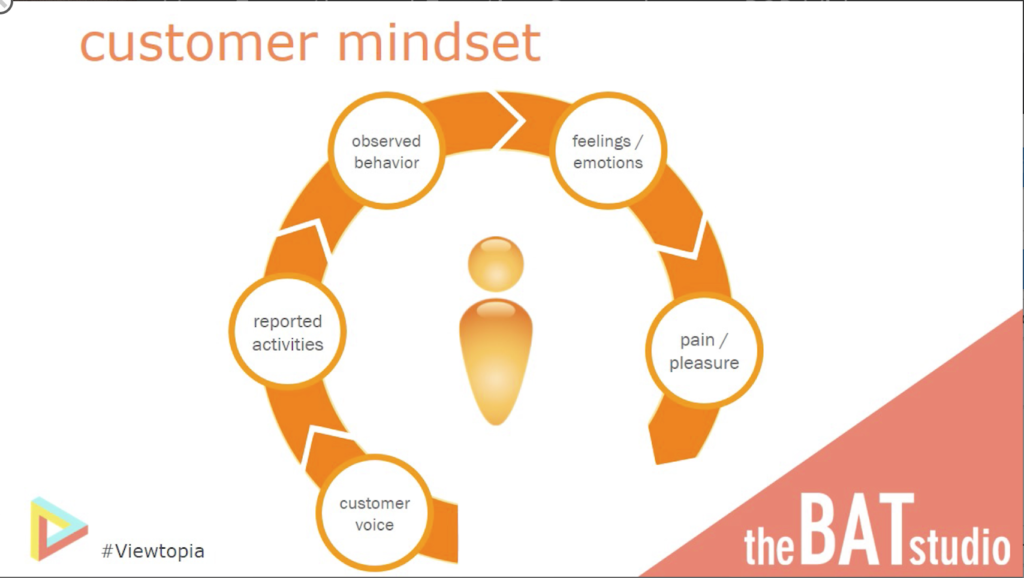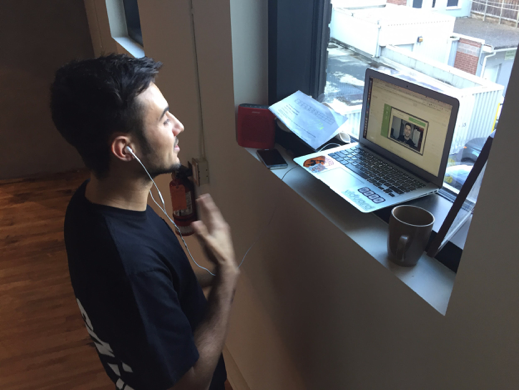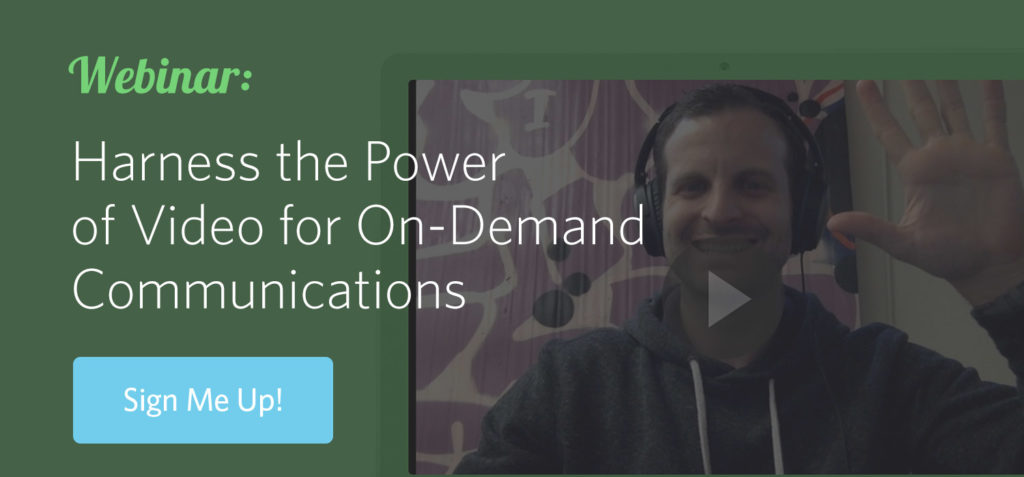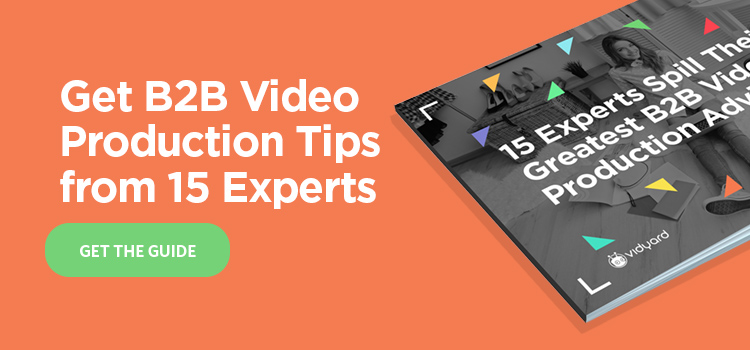Whether you’re new to video marketing or a seasoned ‘Record’-button pusher , you may have wondered–even worried?–from time to time about whether you’re making all the types of videos you need to really engage your audience all the way through the marketing and sales funnel. Maybe you have a video or five on your website, maybe you’ve posted them on social media, and interviewed some industry leaders. But is that enough?
That’s a nail-biting question. Good thing this is exactly the topic that was discussed at this year’s Viewtopia (the industry’s best video marketing summit!), during a presentation by digital video production studio Epipheo. Epipheo has been in the business of making ‘epiphany videos’ (meaning the viewer watches and has an ‘epiphany’ about why they want the product or service the video is about) for around seven years, so they have expert advice for marketers.
In case you were participating in a different session, or weren’t lucky enough to make it to the summit this year, don’t worry. We’ve got what you need to know so you can put a stronger video content strategy into action. Find out what 10 types of videos you should be creating, as well as the secrets for each video type that will help make sure your strategies are successful.
First things first: let’s talk about the funnel.
To make sure all stages of the funnel are covered by the best and most relevant videos, Jeremy Pryor, CEO of Epipheo, outlined the funnel format of the buyer’s journey that he follows (we know, there are plenty of different variations). His looks like this:
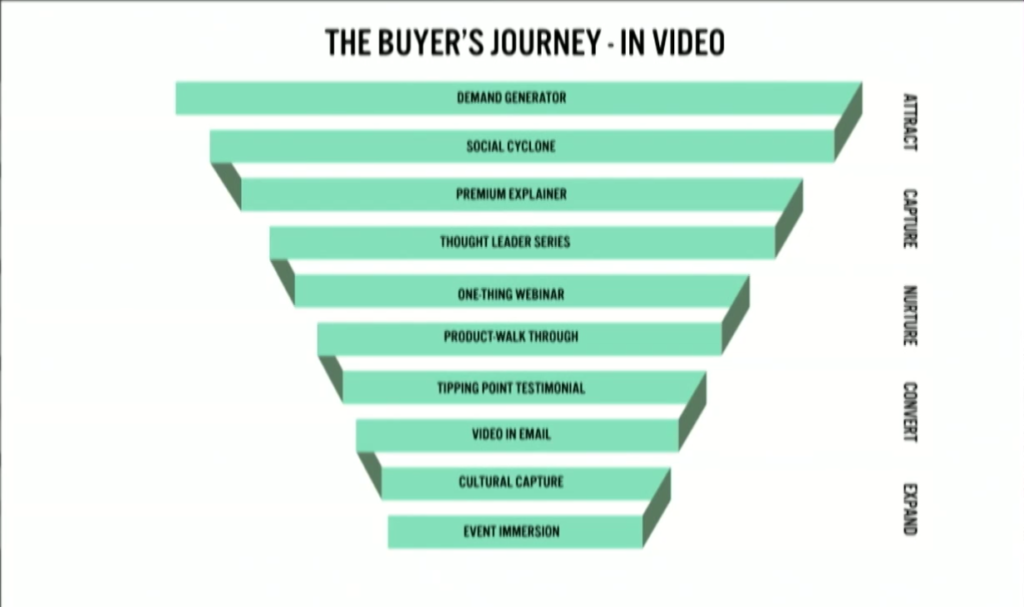
Moving from the top of the funnel to the bottom, prospective customers move through the Attract stage, to Capture, to Nurture, to Convert, and finally, the funnel ends at the Expand stage.
Jeremy indicated that marketers should aim to create two significant types of videos at each funnel stage, for a total of 10 videos that will help you better reach, connect with, and convert your audiences so you can turn them into happy and long-term customers. What are those ten types of videos? Let’s see…
The Attract stage
1. The Demand Generator video
The Demand Generator video sits at the very top of funnel. These are the types of videos that generate interest in your company and product. Examples can include: a fun brand video; the “everyman epiphany” video (like the ever-popular Dollar Shave Club); and a social moment video where your brand participates or creates a social moment or movement that is shareable.
The secrets to success: What are the secrets to success with the Demand Generator video? Think entertainment first, then education. At this point in the funnel, it’s okay to offer entertainment to entice and engage audiences before having to educate them deeply on your product or service. Entertaining videos can lead to shareability. You also need to make sure you have an aggressive deployment strategy, because just creating a video isn’t enough. Make sure it gets out to your audience! Don’t forget, the production quality should be great since this video is at the top of your funnel and is a strong introduction to, and representative of, your brand.
Want to see an example of a creative, fun, and inspiring Demand Generator video? How about this one by Apple:
2. The Social Cyclone video
The Social Cyclone video is also part of the Attract stage. This type of video is designed to live and cause a stir on social media – after all, Facebook founder Mark Zuckerberg says his platform will become a ‘video first’ platform because that’s the medium people prefer. Examples of this type of video include Facebook/social-designed videos that can still be effective even when they’re auto-played without volume. These videos snag you in the first 3-5 seconds so that you don’t scroll past them. LinkedIn educational videos, as well as those that grab audiences on Snapchat are also part of this video type. There is some flexibility with these videos in terms of production quality, since they can be quick, behind-the-scenes, or other in-the-moment videos.
The secrets to success: If you want to create a video that’s very engaging on a social platform, you need to keep in mind the strategies that are native to each platform (e.g. for Facebook, create a video that works well without sound). Don’t just embed a YouTube video and think you’ve done enough. Another great secret about videos for social is how highly you can target your distribution – use distribution tools to know which audiences should get what content from you. The final secret for the Social Cyclone video is to add a call-to-action on your social videos so that you can get viewers off the social platform, onto your website, and into your purchase funnel.
Want to see an example of a Social Cyclone? How about this one from Hootsuite, which, though heavy in effort, took brilliant and timely advantage of the popularity of the TV show Game of Thrones:
The Capture stage
3. The Premium Explainer video
The Premium Explainer video is perfect for the Capture stage of the funnel, because at this point you’ve already engaged your audiences and piqued their interest, so they’re ready to learn a little more about you and why they should be interested in your product or service. Great examples of this type of video include: ‘motion design’ or motion graphic style for abstract ideas; character animation videos for when you want to tell a story (pssst…Want some help telling your story? Check out this post!); and finally, live action videos for when you want to make a deeper connection (similar to the ‘everyman epiphany’ style, imagine a company’s founder walking through a product and explaining how they reached an epiphany that this product is greatly needed).
The secrets to success: Jeremy offers three secrets to success for your Premium Explainer video. The first is what he calls ‘pattern interruption’, essentially meaning you need to make sure the style and production you use don’t blend in with everything else out there, especially your competitors. The second secret is key: make your customer the hero of your video, and your brand the guide. It’s a mistake to make your brand the hero of your story – your customers want to know how they (and their lives) will be better with your product in it! Finally, use a clear, goal-oriented, and measurable call-to-action. If they watched your Premium Explainer all the way through, they’re very likely ready to learn more, and you can help guide them farther through the funnel with a great CTA (maybe through this lovely Interactive Player!).
Example? Well, I happen to have a great explainer video right here, by Spotify:
4. The Thought Leader Series videos
The Capture stage is a great time to use the Thought Leader video. Jeremy talked about how useful thought leadership can be to capture interest. Film top leaders walking through your product, or industry leaders sharing insights on what’s next. Or, create a video from a high-performing case study – if people read it, imagine how well it will perform when you turn it into an engaging video! Or, create a video as a ‘gate’ for a thought leadership content marketing asset to tease the asset and hype up excitement.
The secrets to success: With a number of interesting options for this type of video, what are the secrets that you should keep in mind so you can achieve success? Focus on only one big epiphany per video so you aren’t overwhelming your viewers. As well, think about creating a video channel website – something along the lines of Vidyard’s Video Hub, so you can offer your audience a powerful experience (that even allows them to binge watch your content!), because when you think like a media company, you’re more likely to see impressive results.
Intel has some great thought leadership videos. Here’s one to get you inspired:
The Nurture stage
5. The One Thing Webinar video
Jeremy talked about the importance of the One Thing Webinar in the nurture stage. Webinars can exist at all stages of the funnel, but this one in particular is what Epipheo also refers to as the ‘framework’ webinar. He explains further while identifying the secrets to success of this type of video.
The secrets to success: Jeremy specifies that this is type of webinar stands out on its own when you offer and emphasize the framework by which you solve your customers’ problems. If you can get them on board with how you identify and solve problems, they will see that you are the clear choice for them. Let me let Jeremy explain:
Jeremy went on to explain that if you can connect your prospects with your thought leader, and use this type of video to build a webinar-specific sales funnel, you should see strong results.
6. The Product Walk-Through video
Does the Product Walk-Through video really need much explanation? While it may seem self-explanatory, there are still secrets to be discovered to increase this video’s performance.
The secrets to success: Your Product Walk-Through shouldn’t be a half-hour long video that lives by itself on your homepage – who would watch that and stay engaged the whole time? We know attention spans are short, and we know people like to have control over what they’re watching and learning. So instead, put your walk-through on an ‘interactive’ landing page, where you can break up a long video into different segments that focus on different parts of your product, and even include a short text blurb along with each video to help walk your viewers through your product.
That’s not all: Don’t forget to measure engagement. With a video(s) this important to your success, you want to make sure you’re learning who is watching and how well your content is performing. A custom video player can help you with your goals – brand your content, and get all the insights you need with a customizable player from a video platform.
The Convert stage
7. The Tipping Point Testimonial video
In the Convert stage, you can use the Tipping Point Testimonial to present a strong case for your prospects who are very low in the funnel. This content is key to addressing the final questions or obstacles for people who are close to buying, so you can help them get that much closer to the final decision to buy.
The secrets to success: When making video testimonials, it’s highly important to mirror your target audience – you need to offer up stories from customers that your prospective customers can relate to. In this kind of testimonial, you don’t have to settle on just using one voice or customer. Instead, weave together multiple stories for greater impact. And, while these stories may be relatable, they still need to be clear, compelling, and brief!
Here’s an example of a Tipping Point Testimonial:
8. Video in Email
Video In Email is a powerful tool. Here’s why:
The secrets to success: To fully take advantage of video in email, here are a few ideas you can keep in mind. Don’t just send a video link alone in an email. Instead, personalize text ‘bumpers’ to videos like FAQs. If a video has been created by marketing or sales that answers popular or targeted questions, include this video along with a personalized intro and ending for your recipient. And since you shouldn’t include just a link to your video, instead use a video ‘thumbnail’ or splash screen image that features the play button, so when your reader clicks the image, the video autoplays on a landing page. If you have a powerful video platform, you should also be taking advantage of analytics and alerts so you know who’s watching, and when they watched, so you know exactly when to follow up.
The Expand stage
9. The Cultural Capture video
The Expand stage is all about helping your leads and customers embrace your brand and maybe even become advocates. The Cultural Capture video is perfect to help achieve such goals because it paints a more vivid and long-lasting picture of who you are and what you care about.
The secrets to success: The secrets to the Cultural Capture are simple: talk about your mission – do you stand for something more than money? Express your truth – do your employees buy into, and are they a part of, your mission? And finally, illustrate trust – do you really care for your customer, and can your customers trust in you?
Here’s an example of Vidyard’s own Cultural Capture video, that helps us connect with our customers and community on a deeper level:
10. The Event Immersion video
The final video in the final stage of your funnel is the Event Immersion video. Can you guess what it’s all about? To keep your relationship with your customers going strong, your events are a perfect place to showcase video.
The secrets to success: During your events, you can take advantage of the full power of video for more than live streaming a keynote (although it’s a really good idea to do that!). Use plenty of video through video-immersive booths that may include video as part of the displays, video-immersive presentations like keynotes and sessions, and video-immersive environments that offer video at every stage and aspect of the event experience. This way, your event participants will essentially feel like they’re ‘walking into’ and immersing themselves in your brand.
But where do you start?
You likely don’t have the money and the resources to start making these ten videos all at once and get them to your audiences immediately. So what do you focus on? Epipheo suggests focusing on using video to solve your biggest problem or develop your best opportunity. Ask yourself, is your biggest problem or best opportunity lead capture? Brand awareness? Conversion? Once you’ve identified it, create a clear, measurable, and targeted strategy, and you’re on your way to success!
What videos have you already been creating? What will you focus on next and why? If you found this advice useful, check out the Viewtopia Video Hub for on-demand video coverage from this year’s event!
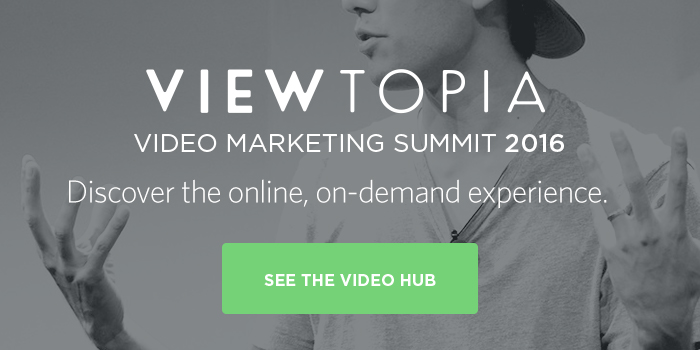
The post 10 Types of Videos You Need to Push Your Audience Through the Funnel appeared first on Vidyard.
source
http://www.vidyard.com/blog/10-types-of-videos-you-need-to-push-your-audience-through-the-funnel/

